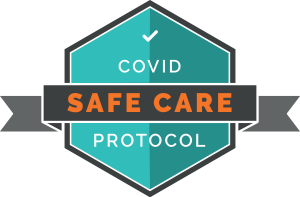Microdiscectomy
Surgery specialists in NJ & FL
Whether you’ve suffered an injury or are experiencing normal wear and tear from aging, your spinal discs can become damaged. A microdiscectomy can be used to rectify injured or failing discs in cases where conservative, non-surgical treatments have not been successful.

